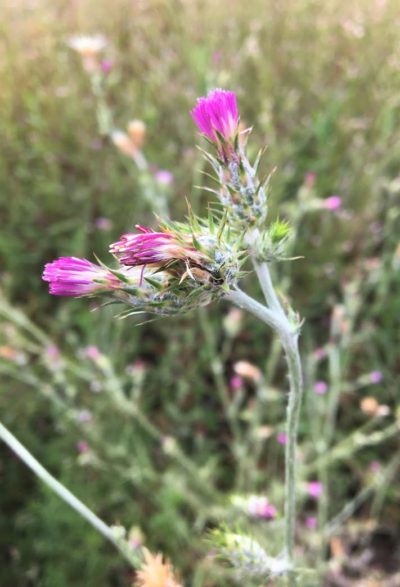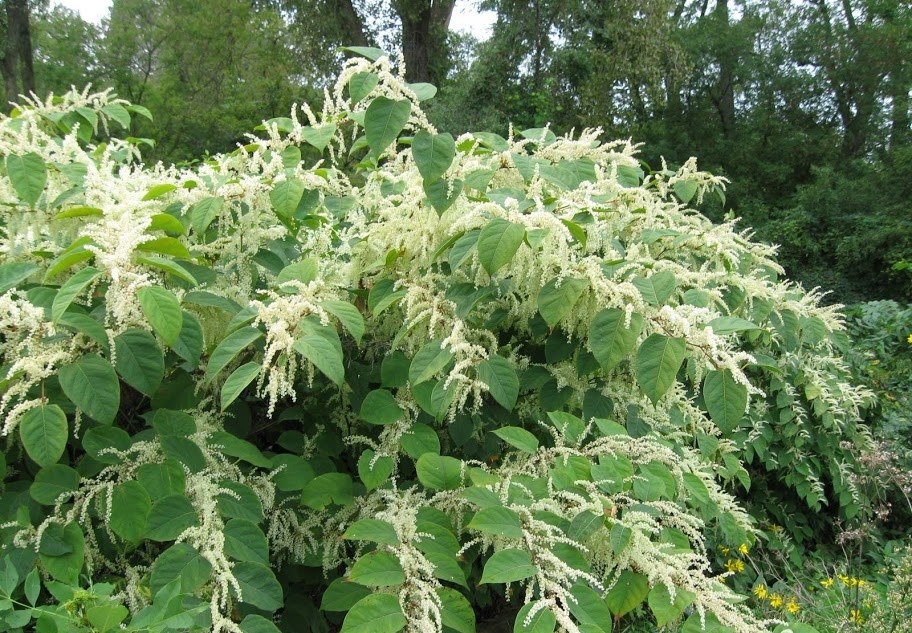Invasive Weeds
The GYWC coordinates a number of Invasive Weed programs including the projects highlighted below which leverage the support of a diverse network of local volunteers, landowners, partner organizations, and funders to conduct weed surveys, treatments, and landowner outreach for a variety of species that can invade agricultural lands, natural areas, roadsides, and more.
Online Landowner Permission Form — Access for Weed Surveys & Treatment
Landowners invited to participate in ongoing weed surveys and treatment may use the link below (hosted on the Yamhill Soil & Water Conservation District’s website) to complete an electronic signature form to provide coordinated access to properties for weed survey and treatment activities.
Landonwers already engaged in these weed programs may also use this link to share updated contact information.
Online Permission Form Link: https://yamhillswcd.org/2022-county-weed-grant-permission-form/
Questions / Assistance? Contact Us @
Keith Nasman, Yamhill SWCD Conservation & Outreach Specialist
[email protected]
503-798-5221
Top Priority Invasive Weeds
Garlic Mustard (Alliaria petiolata)
Found in Yamhill County in only three known infestation locations (a newly discovered 2021 Baker Creek infestation by Ed Grenfell County Park; Cozine Creek in SW McMinnville, and near Kramien Road outside Newberg), Garlic Mustard is a top priority invasive weed we are working to contain and fully eradicate within Yamhill County. This invasive groundcover spreads incredibly quickly by seed (up to 8,000 seeds per plant, and 100,000+ seeds per square meter infestation) which disperse easily with foot-traffic and floodwaters, and can survive in the soil for up to ~ 10 years. Chemicals released in the soil by this weed also prevent establishment of other vegetation. This weed has completely taken over streamsides and roadways in neighboring counties across Oregon. Help us track and eradicate this top priority invasive weed!
Italian Thistle (Carduus pycnocephalus)
Itatian Thistle has been found in several infestation locations, particularly around northern Yamhill County. Italian Thistle is a top priority invasive weed we are working to contain and fully eradicate to the best of our ability within Yamhill County. This invasive thistle spreads exclusively by seeds (up to 20,000 seeds per plant) which disperse easily in the wind and can survive in the soil for up to ~7 years. This weed has been found rapidly spreading into pastures and grass fields, vineyard rows, roadsides, and more. Help us track and eradicate this top priority invasive weed.
Knotweed Varieties – Japanese (Polygonum cuspidatum) & Giant (Polygonum sachalinense)
Found throughout Yamhill County in many known infestation locations, Knotweed varieties are a top priority invasive weed we are working to control within strategic locations, particularly roadsides and floodplain corridors where this invasive plant can spread quickly across large areas. This invasive shrubs spreads incredibly quickly from rhizomes, roots, and sometimes stem fragments (less so by seed), and has completely taken over streamsides and roadways in counties across the State of Oregon. Help us track and eradicate this top priority invasive weed!
Yamhill County Roadside Vegetation Management Partnerships
Yamhill County Roads
GYWC serves as a member of the Yamhill County Roadside Vegetation Management Committee, an innovative partnership formed in 2014 with Yamhill County Public Works, local conservation organizations, and engaged community members working together to improve water quality and habitat across the 700-mile+ Yamhill County road system. As of the end of the 2020 Field Season, all 700-miles of Yamhill County-maintained roads have been surveyed at least once for a variety of roadside conditions, including priority invasive weeds, native vegetation communities, soil erosion, and safety concerns / hazards. The Committee uses the inventory data to prioritize actions on the ground, including priority weed control, and restoration projects to control erosion and improve native habitat.





